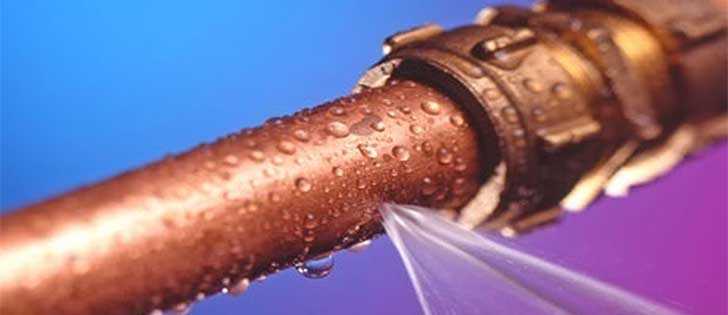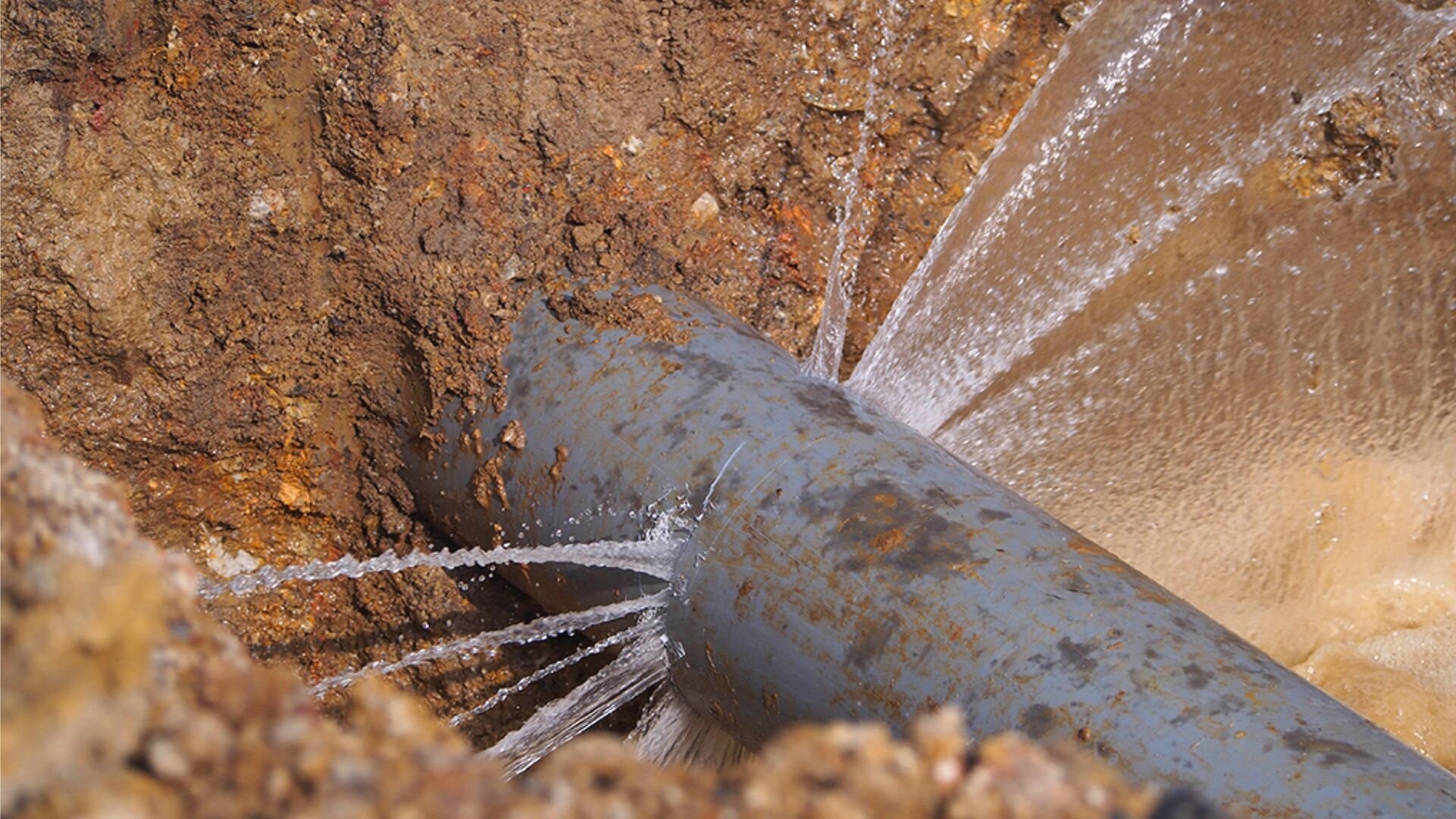How to Handle a Burst Pipe: Essential Steps for Immediate Action
How to Handle a Burst Pipe: Essential Steps for Immediate Action
Blog Article
Protecting Against Ruptured Piping: Necessary Tips to Shield Your Plumbing
Stopping ruptured pipelines is a crucial problem for property owners, specifically throughout colder months when the danger of cold is enhanced. Implementing calculated actions such as proper insulation, routine assessments, and keeping regular interior temperatures can considerably minimize the probability of pipeline failing.
Understand Pipeline Vulnerabilities
Recognizing pipeline vulnerabilities is necessary for reliable pipes upkeep and preventing expensive damage. A number of aspects add to the sensitivity of pipelines to ruptureds, including material composition, age, and environmental conditions. Older pipes, particularly those made from galvanized steel or polybutylene, frequently weaken over time, resulting in increased danger of tears and leakages.
Temperature changes can also considerably impact pipeline honesty. In chillier climates, water entraped in pipes can freeze, putting in and expanding stress on the pipeline walls, which might eventually cause a ruptured. High water pressure can stress pipes, specifically at joints and bends, enhancing the probability of failure.

Insulate Pipeline Effectively
Proper insulation of pipelines is essential for stopping cold and succeeding ruptureds throughout chilly climate (burst pipe). Shielding your plumbing system efficiently safeguards against temperature drops that can result in costly damage. Begin by determining prone areas where pipes are exposed to outdoor temperatures, such as cellars, attic rooms, and outside walls
Use foam pipeline insulation sleeves or cover insulation tape around these areas to offer a protective barrier. Ensure that all areas of the pipelines, especially those with limited heat direct exposure, obtain appropriate insulation. Pay special attention to fittings and joints, as these are a lot more prone to freezing.
When insulating, it's important to pick products that satisfy local building regulations and are proper for the particular environment. For example, fiberglass insulation is commonly suggested for its thermal resistance buildings - burst pipe. In addition, think about making use of warm cables or tape in severe conditions, which can be connected in to offer supplemental warm
On a regular basis evaluate protected pipelines for any indications of wear or damages, as endangered insulation can reduce its effectiveness. By taking these aggressive actions, you dramatically decrease the risk of pipeline ruptureds, ensuring a reliable plumbing system throughout the winter season.
Maintain Consistent Temperature Level
A steady indoor temperature level is necessary for preventing burst pipes during the freezing months. When temperature levels decrease, water within pipes can ice up, expanding and developing pressure that might inevitably cause the pipelines to ruptured.Utilizing a programmable thermostat can aid handle interior temperatures successfully, ensuring that rooms with pipes continue to be warm also when the home is vacant.
On top of that, it is sensible to permit taps to drip a little during severe cold spells. This minor circulation of water can protect against cold by easing stress within the pipes. Throughout particularly severe weather occasions, think about temporarily putting on hold any nighttime problems on your thermostat to maintain a steady warm atmosphere. By implementing these methods, homeowners can substantially decrease the threat of pipeline bursts and secure their pipes systems versus the extreme winter season aspects.
Consistently Inspect Plumbing
Regular examinations of pipes systems are critical for avoiding burst pipes and preserving total home stability. During these examinations, it is important to check out noticeable pipelines for indicators of corrosion, leaks, or wear.
Additionally, checking connections and joints is essential, as these factors are frequently vulnerable to leakages. Property owners ought to likewise evaluate water pressure degrees, as too much pressure can strain the plumbing system and increase the risk of pipeline ruptureds.
Take into consideration organizing specialist plumbing examinations at the very least when a year, specifically prior to winter, to ensure your system is gotten ready for colder temperatures. Routine evaluations not only assist in determining instant worries but also foster long-term maintenance strategies that can improve the lifespan of your plumbing system. By being proactive in your approach, you can safeguard your home versus the expensive and disruptive repercussions of ruptured pipelines. Prioritizing plumbing inspections is an investment in your house's wellness and security.
Know Emergency Treatments
Understanding emergency treatments is vital for every property owner, specifically resource after performing regular plumbing assessments. Being prepared for a pipes emergency can substantially mitigate damage and save costs.
Following, maintain vital tools convenient. A pipes emergency package must include a wrench, plunger, and towels, along with a flashlight and a bucket for small leakages. Furthermore, consider having the get in touch with information for a trusted plumbing readily available, should the scenario intensify beyond your control.
If you identify a leakage or ruptured pipeline, right away switch off the supply of water and alert your plumber. In addition, document the damage with pictures for insurance coverage purposes. burst pipe. Recognize the indications of potential pipes issues, such as unusual water stress fluctuations or damp areas on walls
Inevitably, positive knowledge and quick action are important in managing pipes emergencies, guaranteeing your home stays protected and lessening potential damage.

Final Thought
In conclusion, preventing ruptured pipes necessitates a complex technique that includes understanding pipeline vulnerabilities, proper insulation, keeping constant indoor temperature levels, routine inspections, and knowledge of emergency situation procedures. By applying these necessary techniques, the helpful resources risk of This Site plumbing failings can be considerably lowered, therefore guaranteeing the long life and effectiveness of the plumbing system. Positive measures not just safeguard versus potential damage yet likewise add to general water preservation and the security of property.
In chillier environments, water trapped in pipelines can ice up, exerting and broadening stress on the pipe wall surfaces, which might ultimately lead to a ruptured. When temperature levels decrease, water within pipelines can freeze, producing and expanding stress that might eventually create the pipes to ruptured. By applying these techniques, home owners can substantially reduce the danger of pipeline bursts and secure their plumbing systems against the rough winter season components.

Report this page